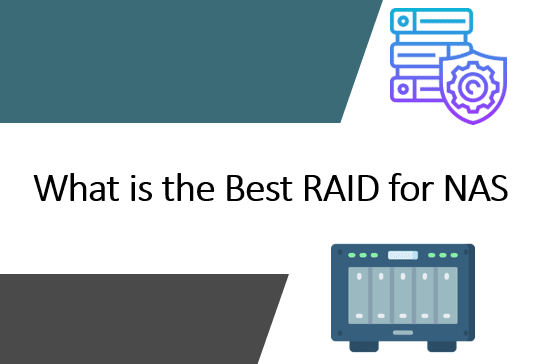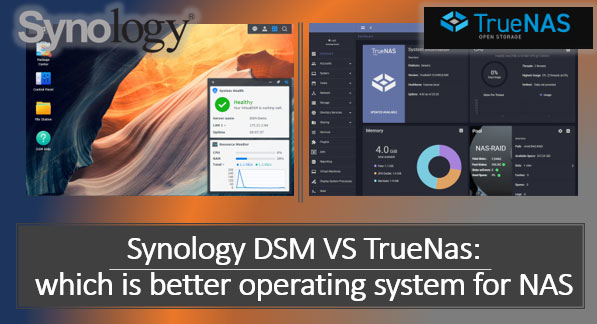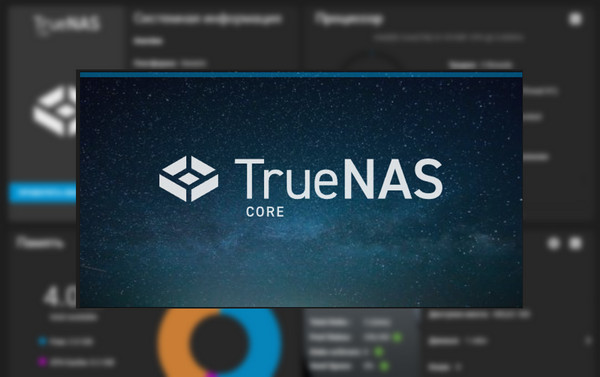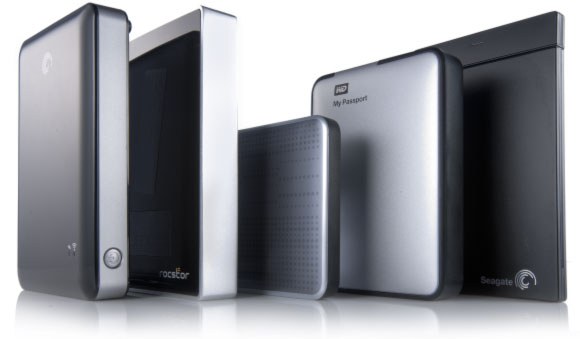- Den Broosen |
- |
- 13 min. Reading |
One of the important criteria for choosing a NAS (network attached storage) device is its ability to ensure data integrity using RAID arrays. However, to ensure reliable data protection, it is important to choose the correct RAID configuration. In this article, we will consider the implementation of RAID on different NAS devices, compare performance and reliability, and determine the optimal option for specific cases. We will also help you choose the most suitable file system to use in a RAID array on your NAS device.









